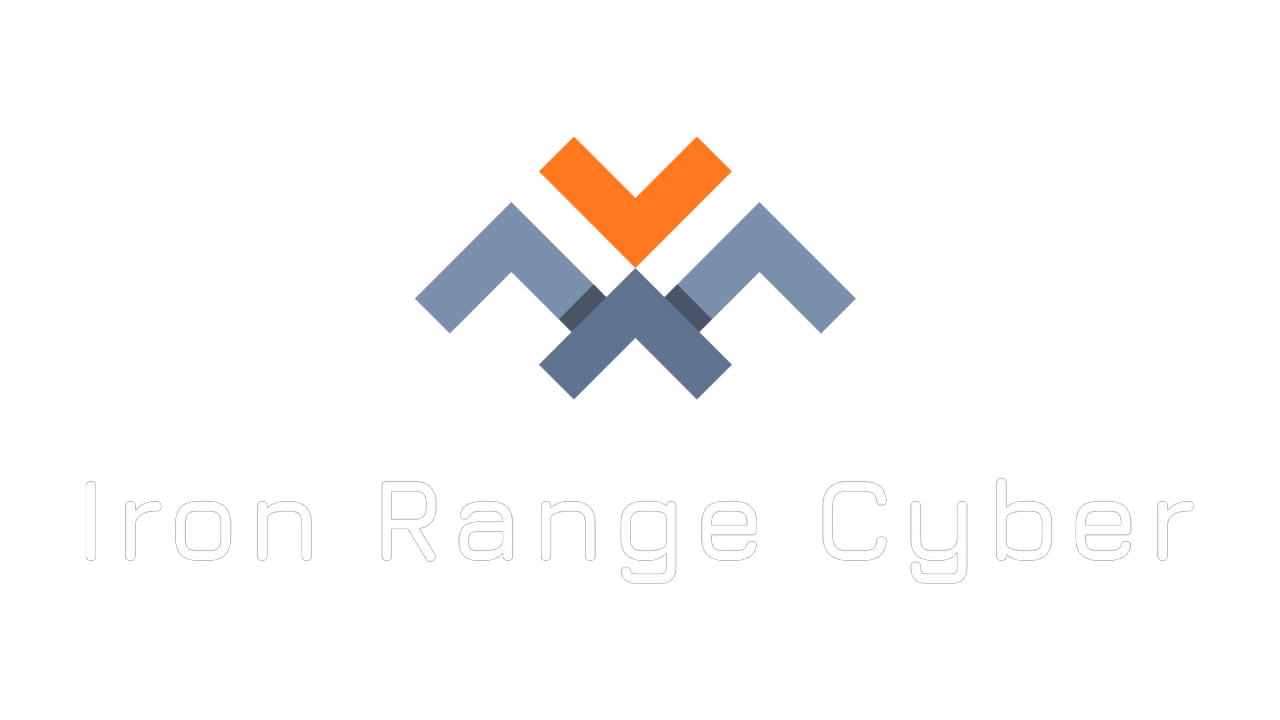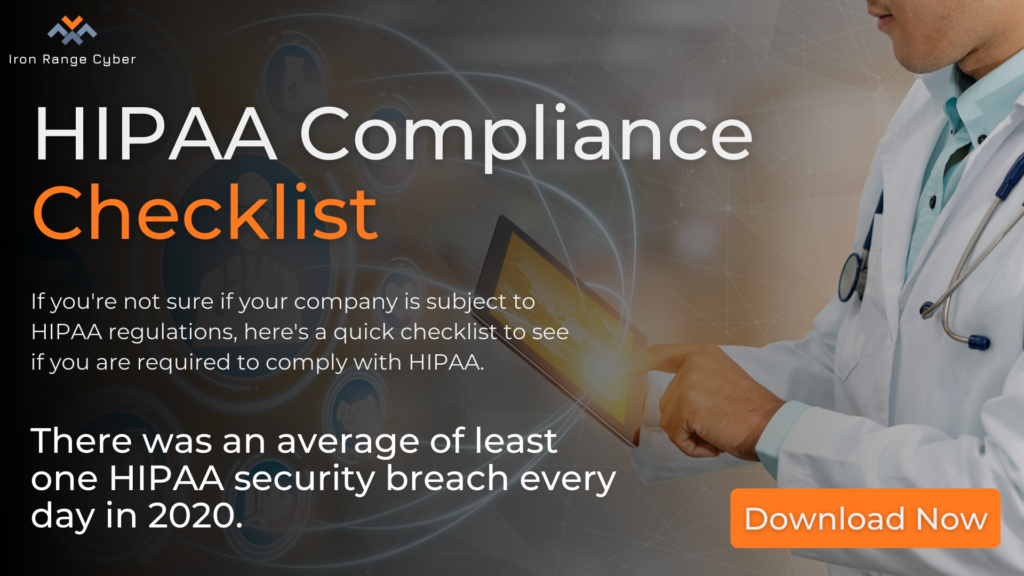“It takes 20 years to build a reputation and few minutes of cyber-incident to ruin it.”
– Stephane Nappo
Running a business is hard. In addition to the dozens of challenges a company faces every day, providing the best security is also extremely important for effective and smooth operation. Internet-based businesses in particular face a wide range of cyber threats, which they often fail to address adequately and can lead to particularly damaging consequences.
One of the hardest to prevent cyber threats that a business can run into is a distributed denial-of-service (DDoS) attack. This type of attack disrupts the company’s infrastructure and can affect not only small websites but also large and apparently well-protected organizations as well.
In this article, you’ll understand in depth what is a distributed denial of service, what types of DDoS attacks you should be aware of, and finally, you’ll find out the best practices you can use to stay safe and prevent an attack.
What Is a DDoS Attack?
A DDoS attack is an attempt by an attacker to create extreme amounts of traffic that would bring congestion to a target system like web servers, internet applications or other network resources. A denial of service attack disrupts the traffic flow of normal visitors.
The attack begins when the hacker identifies and exploits a vulnerability in one master system. The goal of the attacker is to overwhelm a target by intentionally flooding it with malicious traffic. This allows them to gain control over other vulnerable systems by getting around authentication controls or infecting them with malware.
To be able to send a large amount of traffic to the target network, the attacker will aim to establish a zombie network of devices, like IoT, webcams or personal computers, which have been hacked or compromised. The infected devices are known as bots, and they could be tens, hundreds or even thousands of them that make up the zombie network. By controlling the actions of the bots, the attacker can create a massive attack that overwhelms the web resources of the targeted site.
There is a limit to the number of requests that a web resource can handle simultaneously. In a situation where there are more requests than the network can support, service quality suffers. Legitimate users might experience a very slow website, or the attacked system might even deny access to them completely.
In either case, the company already faces multifaceted losses and needs to act immediately to restore its assets and prevent irreversible damage.
Types of DDoS Attacks
Today’s many types of DDoS attacks fall into three main categories:
Volumetric Attacks
Volumetric are flooding attacks that saturate and consume the target network’s bandwidth and infrastructure. It’s the most common type of DDoS attacks. Examples are ICMP floods, HTTP floods, and DNS amplification attacks.
Protocol Attacks
Protocol attacks are designed to exploit intermediate systems, such as firewalls and other server resources to disrupt a service. A DDoS attack based on protocols exploits vulnerabilities by sending a large number of packets or a higher amount of bandwidth than your network can handle. Examples of protocol attacks include ping of death, SYN floods, and Smurf DDoS.
Application Layer Attacks
Application layer attacks, or layer seven attacks, use much less bandwidth and are harder to detect. Attacks like this are based on requests that appear innocent and legitimate but are designed to crash a web server. They slowly exhaust the resources of specific applications or services. Examples include low and slow, GET/POST floods, and slowloris DDoS attacks.
Let’s discuss a little bit more about some of the attacks mentioned above.
DNS Amplification Attacks
During a DNS amplification attack, the attacker makes the target unavailable to normal users by overwhelming it with amplified traffic. To achieve this, they take advantage of DNS servers, better known as DNS resolvers, which convert domain names into IP addresses.
HTTP Floods
During an HTTP flood attack, a hacker aims to overwhelm the target by sending an excessive amount of HTTP requests. This makes it impossible for the target to respond to normal users, leading to a denial of service for their requests.
SYN Floods
During a SYN flood attack, the attacker consumes all the available resources of the target. To achieve this, they continuously send initial connection requests packets, also known as SYN packets. A SYN flood attack leads to underperforming or lack of response to normal traffic.
Ping of Death
In ping of death attacks, packets are sent that are larger than the size that is allowed in order to crash the target device.
Low and Slow
Low and slow attacks target resources by sending what seems normal traffic with a small stream and a very slow rate. Since they require little bandwidth, they are very hard to distinguish from legitimate user traffic. These attacks can go undetected for long periods of time, blocking or slowing access to legitimate users in the meantime. Low and slow attacks in most cases need only a single computer to be successful, and they don’t necessarily require a large number of bots.
Ways To Prevent a DDoS Attack
Acting early is necessary for a successful DDoS prevention strategy. Many solutions can help you prevent an attack or mitigate the consequences.
Develop a DDoS Defense Plan
Having a defense plan in case of an attack is the first step you need to take so you won’t be caught by surprise. Your plan must cover details like how to act when you’re under attack and what procedure you should follow. Also, the plan should clearly indicate which team members are responsible for handling the situation when a DDoS attack happens and ensure adequate communication among them.
Secure Your Network Layer Infrastructure
Manage to secure your network infrastructure with several prevention measures like firewalls, content filters, VPN, etc. These allow you to monitor your traffic and detect anomalies that might happen due to a DDoS attack.
Measure Your Network Risk Performance
Find vulnerabilities in your network before an attacker does. Knowing the weak spots of your network allows you to fix them and prepare for an attack proactively. You can achieve this by creating a list of all your network devices and recording when they need a security upgrade. Once this list is ready, you’ll have a clear view of all your assets, you’ll recognize their level of risk, and you’ll know what action to take when needed.
Build a Reliable Network Architecture
Businesses should have backup network resources. If a device like a server, for example, gets attacked, you’ll have a replacement that’ll ensure that your business continues to work while you try to resolve the issue.
Adopt Cloud Services
Outsourcing DDoS attack prevention to a cloud service provider that offers a top-notch protection system could be a great solution. Compared with most private networks, cloud services provide greater bandwidth, so DDoS attacks are less likely to succeed. In addition, cloud-based services can detect threats via web monitoring and absorb malicious or harmful traffic before reaching its target. But even if a threat is not avoided, they ensure that they have copies of the systems, data, and equipment so that the application returns to its previous state without significant losses.
Recognize the Warning Signs
Detecting warning signs of a DDoS attack as early as possible and training staff to understand them can help deal with the impending threat immediately and reduce “side effects.” Symptoms such as network slowdown, inconsistent connectivity on a company intranet, or website outages should alarm you as they may indicate an imminent attack.
Conclusion
DDoS attacks are a growing problem for online businesses regardless of size. Companies can suffer disastrous results from an attack, so being prepared is crucial.
Knowing the ins and outs of your network, being informed how DDoS attacks work, and having an effective DDoS protection strategy is critical to secure your business. Act now and make sure you’re ready to deal with any attacks that come your way.





